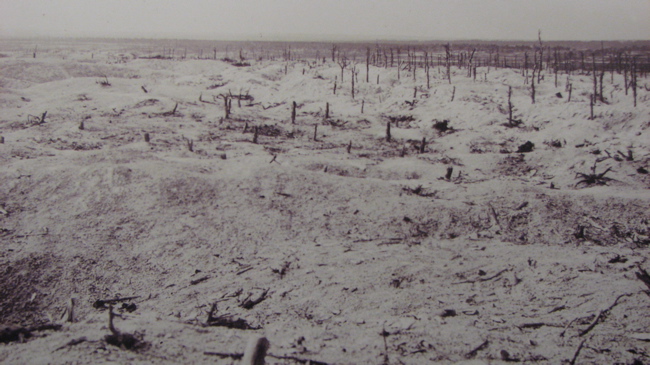
Frequent writing is a must for learning well.
Describing what we see is a chance to write descriptively and improve our vision at the same time.
Visit this page of selected photographs and look at each
For example, in the New York Public Library these four photographs of early railway steam engines are found:
Britain was the origins of modern railways and these steam locomotives are among the earliest examples of the kind of engines that powered trains in the 1830s when rail roads were in their infancy. These "iron horses" – as they were called by the Plains' Amerindians, were none-the-less – a major factor in altering land settlement and landscape changes due to transportation needs in the last two centuries.
Select –at first– three photographs from the collections listed on that page such as the National Archives and explain in a paragraph what the photograph means using the following approach.
Explain the following:
1) The frame of the subject,
2) Describe the foreground and background by distinguishing items that are depicted,
3) Discuss the context of this particular focus of the documentary evidence,
4) Examine the intent of the photographer given that subject,
5) Describe the subject in both its particulars and its entirety.
6) Then locate the period and (where possible) the performers / subjects in the frame.
Interpret the meaning of the shot and how it might be used to tell a story.
One page for each photograph is a minimum amount of writing to express the importance of the piece.
(unknown) |
||
|---|---|---|
 |
||
| Somme battlefield, October 10, 1918 |
The battle of the Somme, in Belgium between the Anglo-French allies and the German forces was among the worst encounters in the First World War or Great War as it was called. The immediate importance of the battles fought here in Flanders, a part of Belgium, is that they revealed a new form of weaponry that made older tactics obsolete, despite the fact that strategic objectives failed to take account of trench warfare, huge guns nine-miles behind the front, machine guns at the front and the use of tanks to break through the trenches and barbed wire. Worse was the use of gas by both sides to no real tactical advantage and the loss of troops to "friendly" fire. So many men were lost in the 1916 assaults carried out by the British forces over terrain they had never seen before that the way the British Army recruited soldiers had to be changed. The Somme brought the war home to entire villages in a single assault when most if not all of the recruits from that region were killed or lost in combat in that one day.
Search here
Loading
Frequent descriptive writing is an activity that makes learning an engagement with the past and the present through imagination and focusing on details.